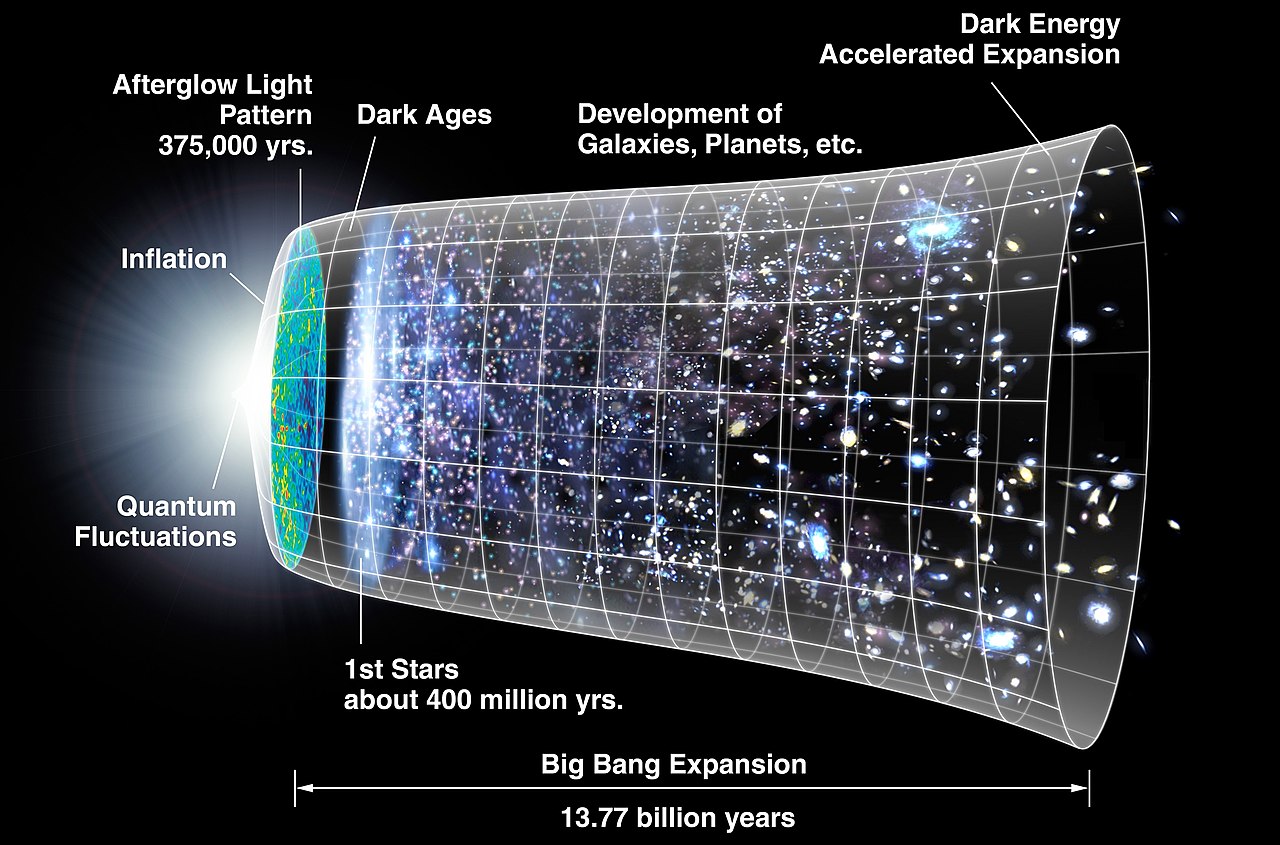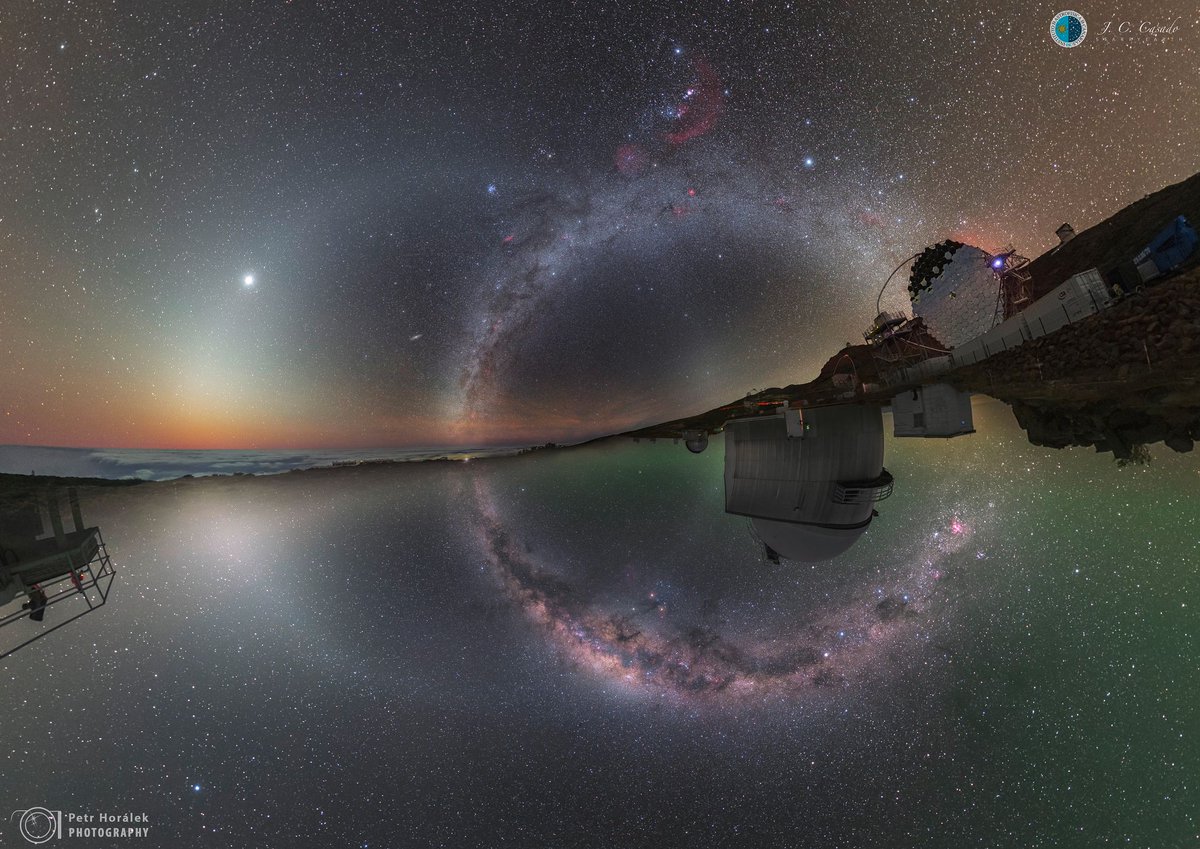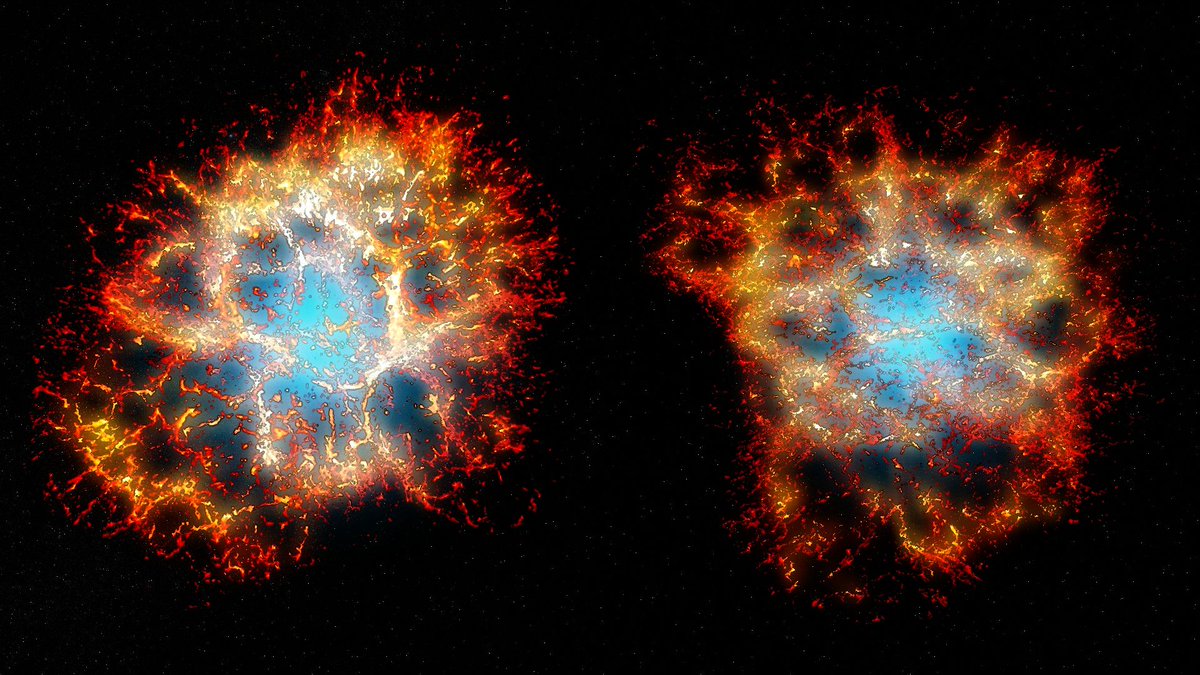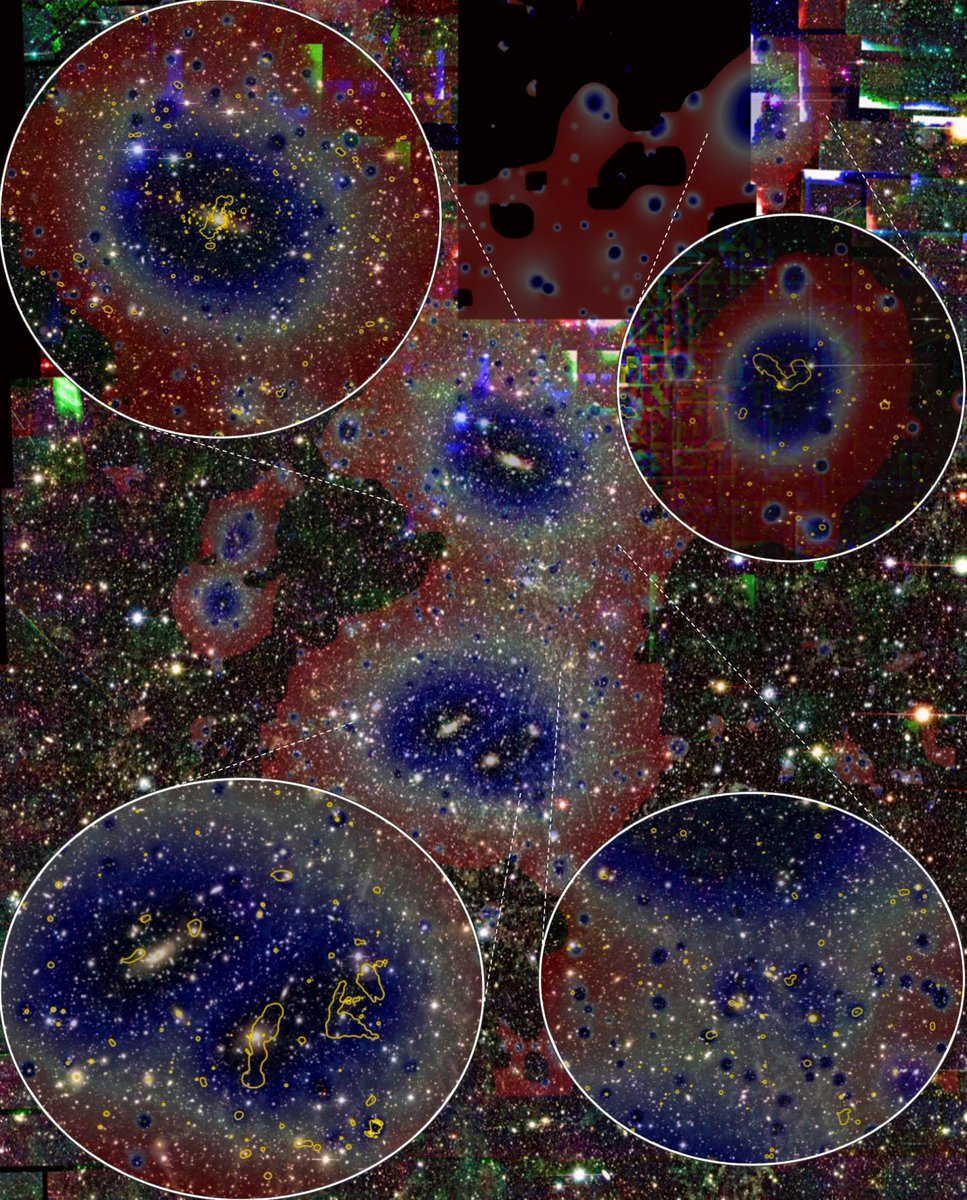Johns Hopkins University (JHU) continues to pad its space community résumé with their interactive map, “The map of the observable Universe”, that takes viewers on a 13.7-billion-year-old tour of the cosmos from the present to the moments after the Big Bang. While JHU is responsible for creating the site, additional contributions were made by NASA, the European Space Agency, the National Science Foundation, and the Sloan Foundation.
Continue reading “Scroll Through the Universe with This Cool Interactive Map”Will Triton finally answer, ‘Are we alone?’

We recently examined how and why Saturn’s icy moon, Enceladus, could answer the longstanding question: Are we alone? With its interior ocean and geysers of water ice that shoot out tens of kilometers into space that allegedly contains the ingredients for life, this small moon could be a prime target for future astrobiology missions. But Enceladus isn’t the only location in our solar system with active geysers, as another small moon near the edge of the solar system shares similar characteristics, as well. This is Neptune’s largest moon, Triton, which has been visited only once by NASA’s Voyager 2 in 1989. But are Triton’s geysers the only characteristics that make it a good target for astrobiology and finding life beyond Earth?
Continue reading “Will Triton finally answer, ‘Are we alone?’”The Decadal Survey is out! What new Missions and Telescopes are in the Works?
It’s that time again. Once every ten years, the American astronomy community joins forces through the auspices of the National Academies to produce one of the most important and influential reports in their discipline – the decadal survey. This report has been the impetus for some of the great observational instruments of our time, including Spitzer, the Large Millimeter Array, and Chandra. Upcoming heavy-hitting observatories, such as Nancy Grace Roman and Vera C. Rubin, also spawned from suggestions made in the Decadal Survey. In short, if you want to get a grandiose space telescope funded, your best bet is to have it supported by the National Academies in the form of the Decadal Survey. Now a new one is out – so what does it back for the upcoming decade and beyond?
Continue reading “The Decadal Survey is out! What new Missions and Telescopes are in the Works?”Astronomy and Geophysics is Rife With Bullying and Harassment
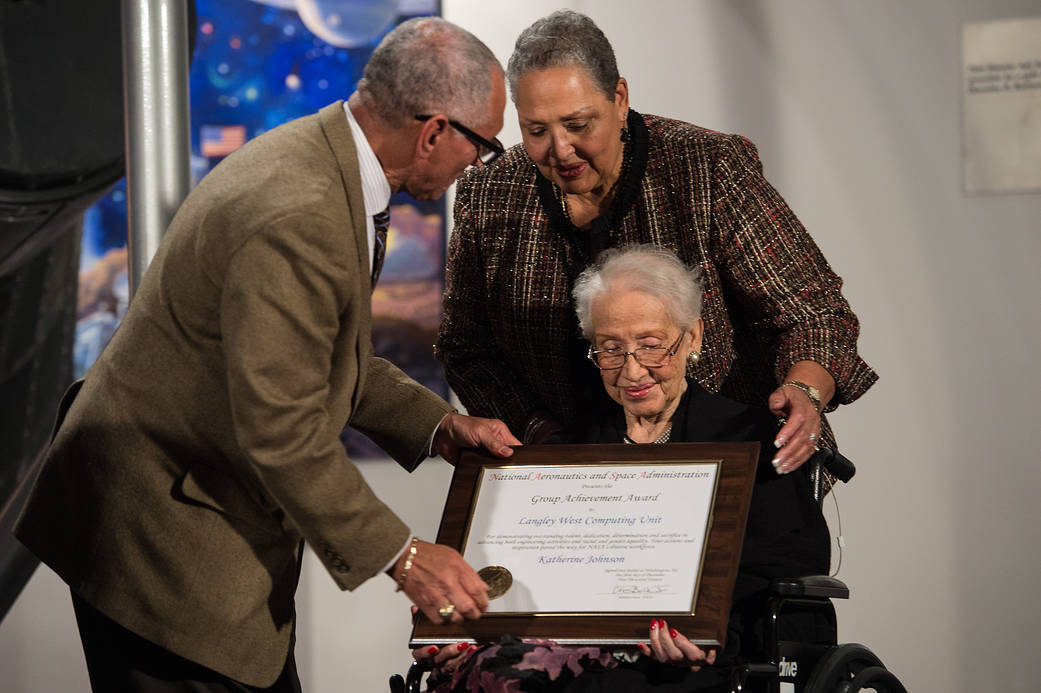
It’s a common reassurance made by adults to teens and adolescents who constantly face the threat of violence, cyberbullying, and ostracism: “It gets better.” Once you graduate, once you grow up and join the workforce, all the mistreatment and abuse will cease and people will appreciate you for who you are. All the hard work and perseverance you’ve shown over these many years will finally pay off.
Unfortunately, this is not always the case, and even the STEM fields are not immune. This was the conclusion reached by the Royal Astronomical Society (RAS) based on a recent survey of 650 astronomers and geophysicists. What they found was that in 44% of cases, respondents reported bullying and harassment in the workplace during the preceding year, which was disproportionately high for women and minorities.
Continue reading “Astronomy and Geophysics is Rife With Bullying and Harassment”Astronomers Measure the Background Brightness of the Night sky Across the World. Canary Islands are the Darkest in the Survey
Being able to look up at a clear, dark sky is becoming more and more rare in the rich world. Authors, artists, and even scientists have started to express concern about what our lack of daily exposure to a dark night time sky might mean for our psyche and our sense of place in the universe. Now a team has collected photometric data at 44 sites around the world in an attempt to quantify how dark the night sky actually is at different places on the globe. So where was the darkest place surveyed? The Canary Islands.
Continue reading “Astronomers Measure the Background Brightness of the Night sky Across the World. Canary Islands are the Darkest in the Survey”The Crab Nebula Seen in 3-Dimensions
The Crab Nebula is arguably one of the most famous objects in the night sky. It was delineated as M1 in Messier’s famous catalogue. It is the remnants of a supernova that was actually visible in day time almost 1000 years ago. And its remnants have been astonishing both professional and amateur astronomers ever since.
Now thanks to modern technology, we can get an updated view of this iconic supernova remnant. Researchers from a variety of institutions, led by Thomas Martin from the Universite Laval, have created a three dimensional image of the nebula for the first time ever.
Continue reading “The Crab Nebula Seen in 3-Dimensions”One of the Largest, Most Complete Einstein Rings Ever Seen. Astronomers Call it the “Molten Ring”
A very rare astronomical phenomenon has been in the headlines a lot recently, and for good reason. It will be hundreds of years until we can see Jupiter and Saturn this close to one another again. However, there are some even more “truly strange and very rare phenomena” that can currently be observed in our night sky. The only problem is that in order to observe this phenomena, you’ll need access to Hubble.
Continue reading “One of the Largest, Most Complete Einstein Rings Ever Seen. Astronomers Call it the “Molten Ring””A Single Filament of Gas Has Been Discovered That Stretches 50 Million Light-Years
Minute vibrating strings found in string theory are not the only ones that are of interest to physicists. The Standard Model of particle physics provides for a theory regarding a different type of string – this one is a string of very sparse gas strung over very long distances. In fact, the standard model predicts that a large percentage of “baryonic matter” (i.e. the type that makes up everything we can see and interact with) would be contained in these filaments. And now for the first time, scientists led by a team at the University of Bonn in Germany have detected one of these super long strings of gas.
Continue reading “A Single Filament of Gas Has Been Discovered That Stretches 50 Million Light-Years”A New Artist’s Illustration of the Extremely Large Telescope. So Many Lasers

Everyone loves lasers. And the only thing better than a bunch of lasers is a bunch of lasers on one of the world’s (soon to be) largest telescopes, the E-ELT. Well, maybe a bunch of lasers on a time-travelling T. Rex that appears in your observatory and demands to know the locations and trajectories of incoming asteroids. That might be better. For the dinosaurs; not for us.
Continue reading “A New Artist’s Illustration of the Extremely Large Telescope. So Many Lasers”The Carina Nebula. Seen With and Without Adaptive Optics
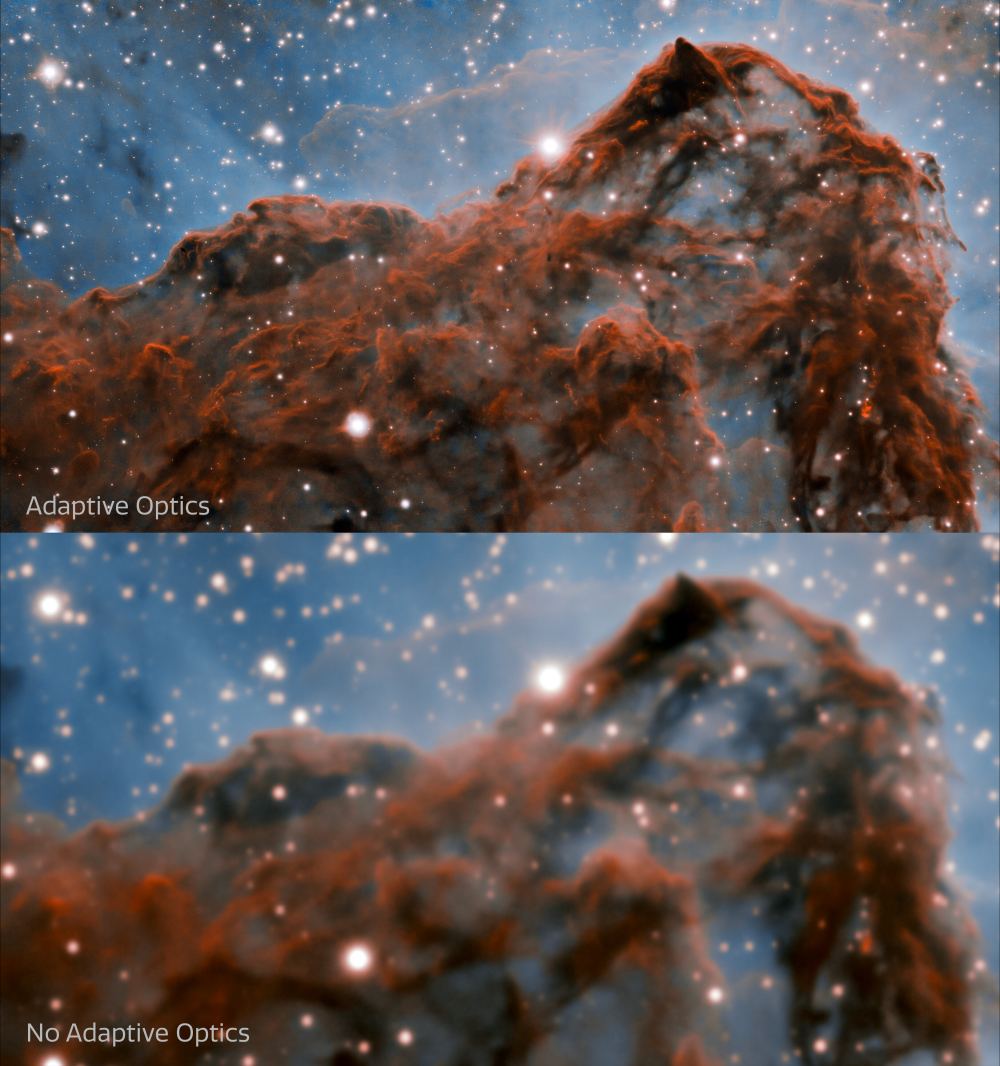
Ever wonder how modern astronomical observatories take such clear images of distant objects? Advances in mirror design have allowed for larger and larger primary mirrors. But adaptive optics play a huge role, too.
Continue reading “The Carina Nebula. Seen With and Without Adaptive Optics”
